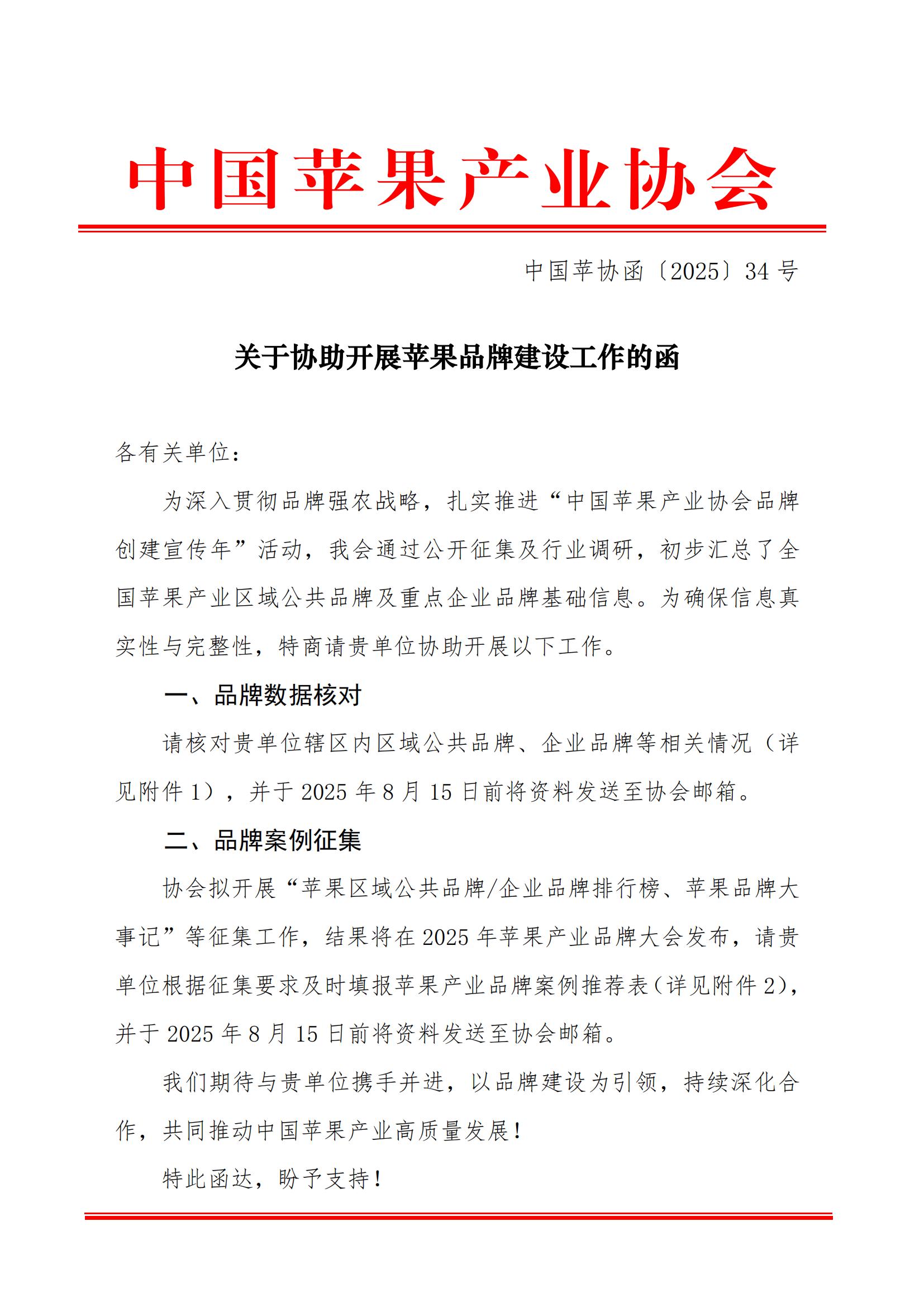The world's production and sales of fresh apples in 2020/2021 (released in December 2020)
发布日期:2020-12-24 点击次数:121
The world's production and sales of fresh apples in 2020/2021 (released in December 2020)
The whole world:
It is estimated that the total global apple production in 2020/2021 will be reduced by 3.3 million tons to 76.1 million tons, mainly due to the severe spring frosts in the northwestern provinces of China. Despite the reduced supply, as the EU (especially Poland) rebounded from a series of severe weather last year, exports are expected to remain at the level of 5.8 million tons.
China
Due to severe frost during flowering period in northern provinces, which affected fruit setting, it is estimated that China's total apple output will drop by 1.9 million tons to 40.5 million tons. This is expected to reduce the supply of high-quality fruits, but will increase the sales of low-end apples in the price-sensitive Southeast Asian market, thereby increasing the export volume to 1.2 million tons. Affected by the 2019 NEW-COVID, importers are purchasing more conservatively, so the import volume is expected to be reduced by more than 20,000 tons to 80,000 tons.
European Union
It is estimated that the total output of EU apples will increase by 500,000 tons to 12.2 million tons, because the annual output of non-commercial production will return to historical levels, enough to offset the commercial losses caused by frost, hail and poor pollination in most member states. Although the commercial supply has eased, due to the partial recovery of the EU's largest exporter-Poland from last year's frost and drought, production has increased, and the export volume is expected to increase by 100,000 tons to 1.1 million tons.
Russia
Due to spring frost and hail affecting the output of commercial orchards and the suspension of non-commercial orchards after the bumper harvest last year, the total output of Russian apples is expected to drop by nearly 240,000 tons to 1.5 million tons. With the expansion of the new orchard planting area, Russia's commercial industry continues to grow and develop. At the same time, old orchards are constantly being replaced, but the output of new plantations has not yet reached the expected level. It is expected that the reduction in domestic supply will promote the increase in the shipments of suppliers in the southern hemisphere and increase the import volume by nearly 60,000 tons to 810,000 tons.
United States
As Washington’s orchards were affected by storms and Michigan suffered severe freezing, it is estimated that the total U.S. apple production will decrease by 150,000 tons to 4.7 million tons. The National Agricultural Statistics Service (NASS) of the U.S. Department of Agriculture has conducted a survey of the apple industry and released its forecast for apple production in the August 2020 crop production report. With the decrease in supply and the increase in demand, the shipments of suppliers in Canada and the southern hemisphere will also increase, which may reduce exports to 815,000 tons, while imports will increase to 120,000 tons.
Chile
The total output of Chilean apples is expected to increase by 46,000 tons to 1.2 million tons, because adequate winter (June-August) rainfall is expected to increase production, while the planting area has remained stable after six consecutive years of decline. Increased competition from other growers in the southern hemisphere and lower returns have prompted some growers to switch to more profitable fruit and nut crops, such as cherries and walnuts. The increase in supply is expected to increase the export volume from 5000t to 655,000t.
Mexico
Due to bad weather affecting the growth of Chihuahua, which produces the highest apples, the total output of Mexican apples is expected to drop by 80,000 tons to 680,000 tons. Despite the setbacks, the planting area is still expanding and improving. At present, the high-density planting area accounts for nearly 30% of the total planting area in Chihuahua. Despite declining production and weak consumer demand, it is expected that last season's supply will keep imports unchanged at 250,000 tons.
New Zealand
Affected by the new crown pneumonia epidemic, labor cannot be guaranteed. It is estimated that the total output of New Zealand apples will be almost the same as last year, at 583,000 tons. Although a record may be set again due to the expanded planting area and good growing conditions, insufficient labor may affect pruning, thinning and harvest. Assuming that the supply is reduced, the export volume is expected to shrink slightly to 390,000 tons.
South Africa
With the commissioning of new planting orchards, with good growing conditions and sufficient moisture, the total output of South African apples is expected to increase for the third consecutive year, increasing by 18,000 tons to a record 960,000 tons. The area of newly planted orchards continues to increase, including the introduction of "low temperature" varieties that do not require the typical low temperature in northern regions. The increase in output is expected to increase the export volume to 510,000 tons.
Turkey
Although the central part of Anatolia suffered hail, including the largest main producing area of Isparta, due to the new plantation and overall good growing conditions, Turkey’s total apple production is expected to jump 680,000 tons, reaching a record. Of 4.3 million tons. Old varieties of orchards continue to be replaced by new varieties that attract export markets. Due to the increase in production, the export volume is expected to surge 40,000 tons to 250,000 tons. The increase in supply is expected to also boost domestic consumption, including the newly invested juice industry.
Note: Due to lack of data, the production and export of Iranian apples have not been adjusted since the December 2019 forecast. As of the publication of this article, before the data becomes available, Iran’s forecasts will cease, and the data for the following countries will no longer be updated: Afghanistan, Iran, Iraq, Pakistan, and Turkmenistan.
Note: Apple's market statistics time: Northern Hemisphere countries are from July to June of the second year, among which the apple market time of the United States and Mexico is from August to July of the second year; the Southern Hemisphere countries are the second year.
Statement: There may be inconsistencies between the statistics of the Overseas Agricultural Bureau of the United States Department of Agriculture and my country's agricultural statistics. The translation is for reference only.





